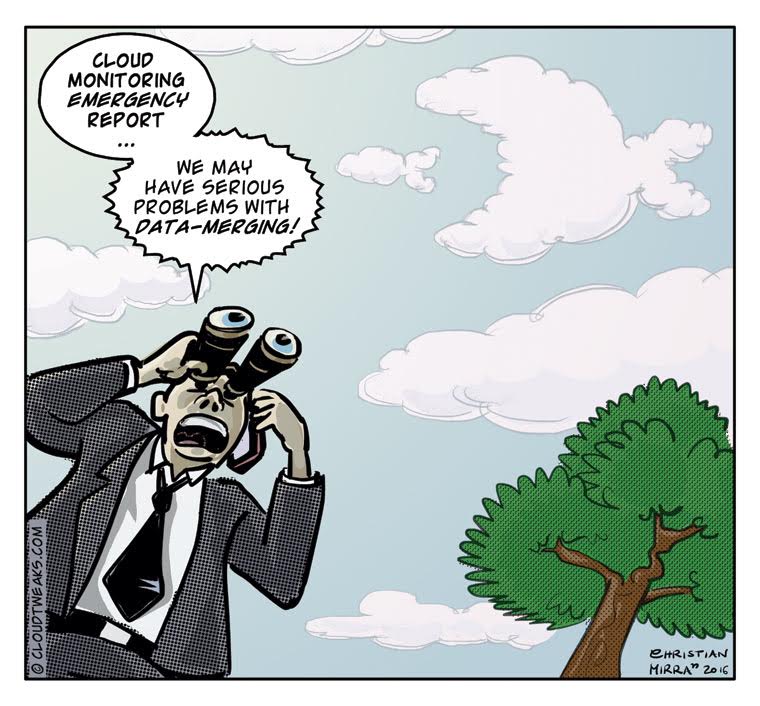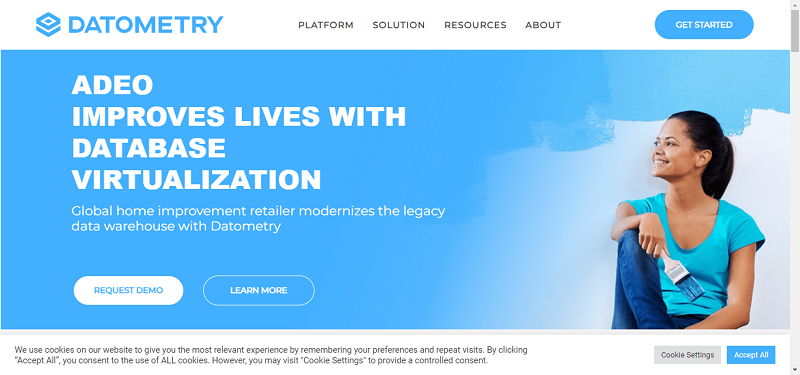A data management framework is the key to understanding and controlling your data. By following a few simple tips and strategies, you can put this framework into place in order to effectively manage your data. In this blog post, we will discuss the basics of a data management framework and how you can use it to improve your business operations. Stay tuned for more great tips on managing your data!

A data management framework is a set of policies, processes, and tools that helps organizations manage their data more effectively. The main goal of a data management framework is to improve efficiency and optimize decision-making by providing a consistent, centralized approach to managing data. A data management framework can be implemented in a variety of ways, but most frameworks share certain common elements. These elements typically include a central repository for storing data, multiple layers of security and access control, and a set of tools for managing, manipulating, and analyzing data. By providing a well-defined structure for managing data, a data management framework can help organizations improve their overall performance and make better-informed decisions.
Profisee’s data governance tools can help you manage your framework by providing a centralized repository for managing data assets, enforcing corporate policies, and ensuring compliance with regulations. The platform also includes a built-in workflow engine that automates the process of cataloging, classifying and governing data. In addition, Profisee’s tools provide visibility into who is accessing what data, when they are accessing it, and how they are using it. This information can be used to troubleshoot issues, track down unauthorized access, and monitor compliance. By using Profisee’s data governance tools, you can take control of your data and ensure that it is being used appropriately.
There are many benefits to using a central repository for storing data. First, it helps to keep data organized and accessible. Second, it can help to improve security by keeping data in one place. Third, it can help to save time and money by reducing the need to duplicate data. fourth, it can help to improve collaboration by allowing multiple users to access the same data. fifth, it can help to ensure accuracy by providing a single source of truth. There are many different types of central repositories, so it is important to choose one that meets the specific needs of your organization. Some common options include relational databases, object-oriented databases, and cloud-based storage solutions.
Data is becoming increasingly important for businesses as they look to gain insights that will give them a competitive edge. As a result, data governance is becoming more important, and Profisee data governance tools can help businesses to manage their data. One of the key aspects of data governance is security and access control. By ensuring that only authorized users have access to data, businesses can protect their data from unauthorized access and misuse. Profisee data governance tools include a range of security features, such as user authentication and role-based access control, that can help businesses to secure their data. In addition, It also provides auditing and reporting capabilities that can help businesses to monitor data access and usage. As a result, Profisee data governance tools offer a comprehensive solution for managing data security and access control.
To manage your data, it is useful to understand the different ways data can be classified. Data can be classified by its source, its format, or its content. Data can also be classified by its function, its importance, or by its location. By understanding the different ways data can be classified, you can more easily organize and manage your data. For example, if you have a large amount of data from multiple sources, you may want to classify it by source. If you have a mix of data formats, you may want to classify it by format. And if you have a variety of data content, you may want to classify it by content. Understanding the different ways data can be classified will help you better manage your data.
By Gary Bernstein





